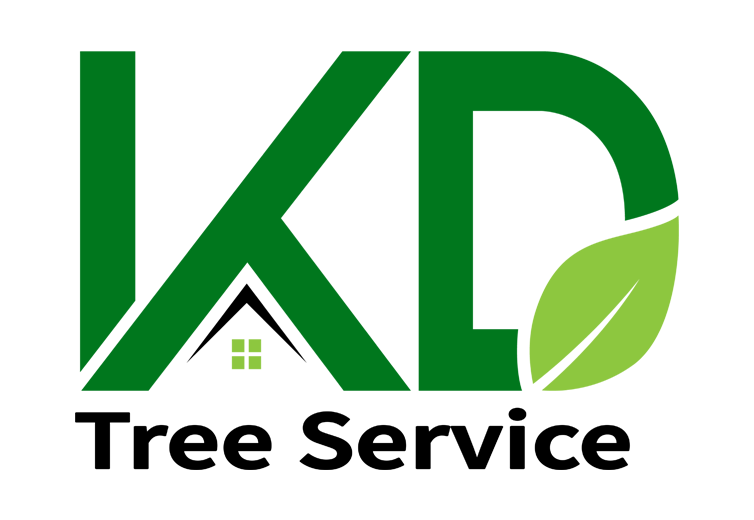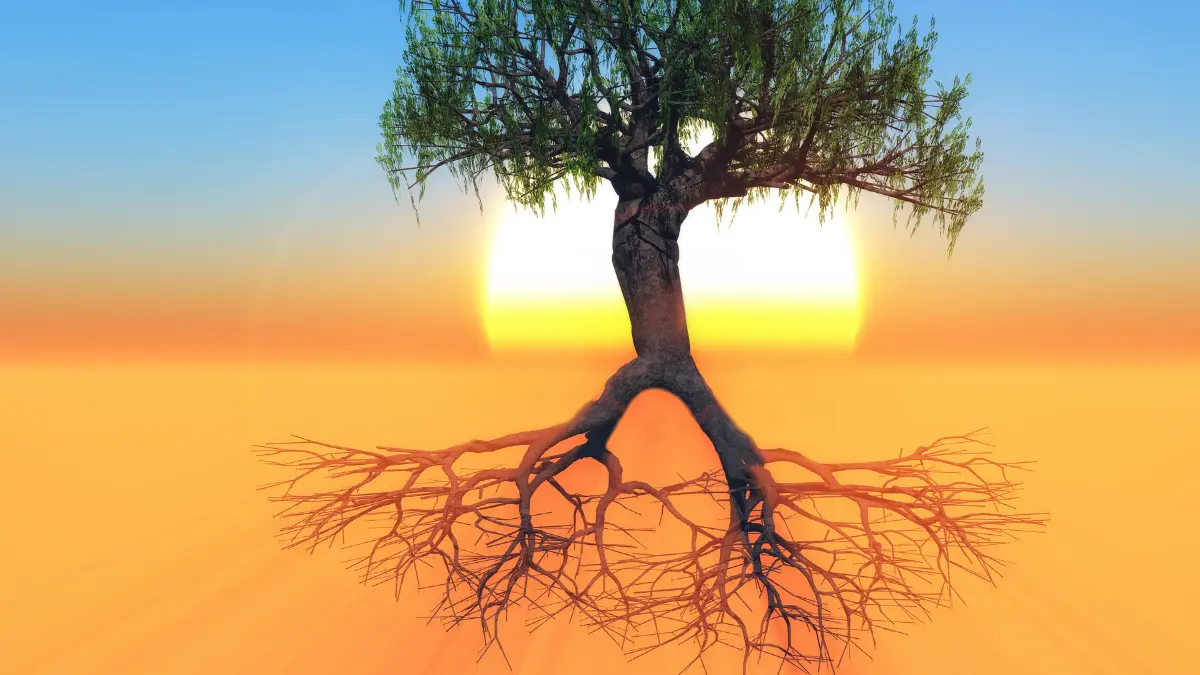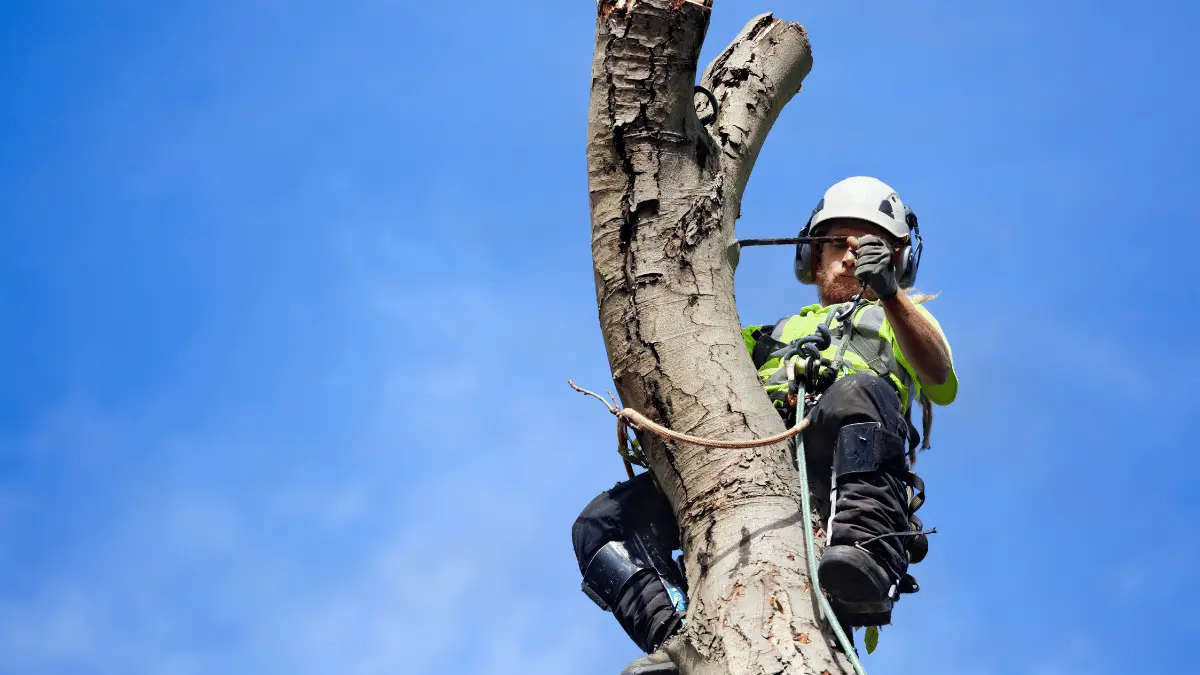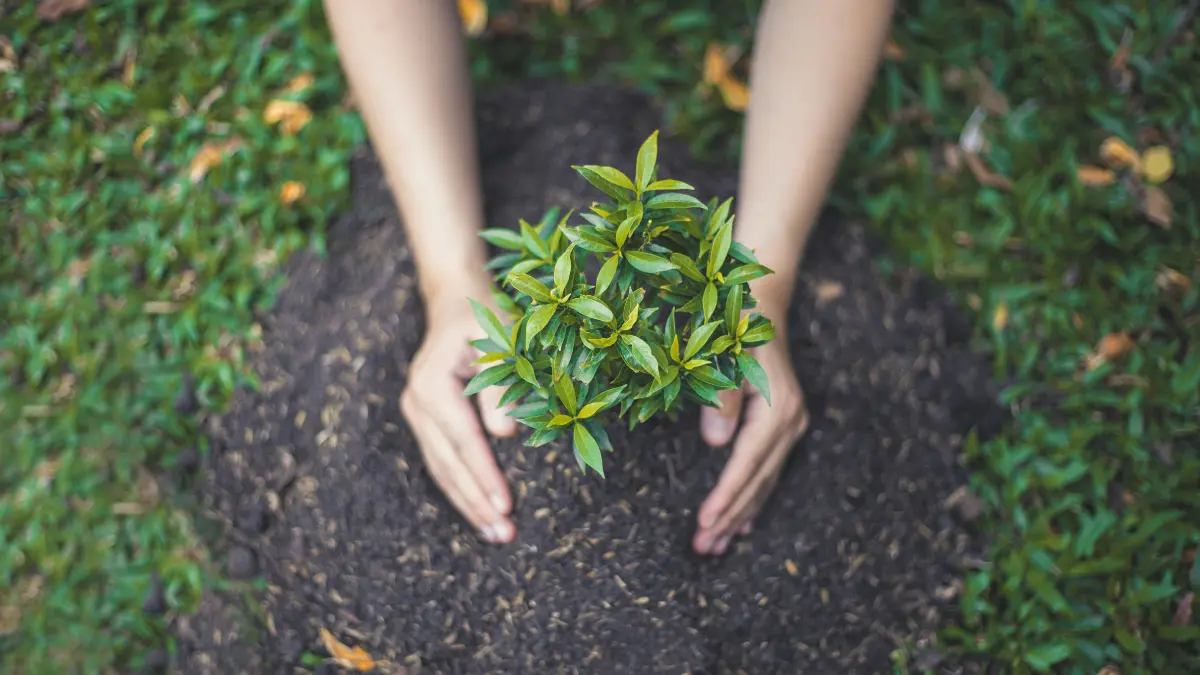There will soon be colder temperatures in Binghamton, New York, as the trees begin to change into vivid orange, red, and gold hues. Because of this seasonal change, now is the ideal time for property managers and homeowners to start getting their landscaping ready. In order to shield trees from the severe winter weather and promote robust growth in the upcoming months, fall tree care is essential. Using a well-organized tree care checklist guarantees that your trees remain sturdy and attractive throughout the year, regardless of whether you are the property manager for a home or a business.
In this blog, we’ll walk you through a trustworthy fall tree care checklist for Binghamton, NY, offer insightful advice from arborists, and deconstruct easy, efficient autumn tree maintenance.

The Importance of Fall Tree Care in Binghamton, New York
Binghamton experiences cold temperatures, snow accumulation, and erratic weather patterns during the winter. Your trees may be under a lot of stress from these circumstances. They are more susceptible to disease, pests, and damaged limbs if they are not given the right care in the fall.
Taking seasonal tree care now will:
- Aid in preventing snow and ice damage to trees
- Promote the general longevity and tree health.
- Reduce the likelihood that property damage will result from falling branches.
- Prepare the ground for robust new growth in the spring.
One of the greatest methods to maintain healthy trees is to adhere to an organized tree care checklist Binghamton property owners appreciate.
Residents of Binghamton can prepare their trees for winter by using this trustworthy fall tree care checklist.

1. Examine trees for illness or damage.
Examine all of your trees thoroughly before beginning your autumn tree maintenance in Binghamton. Be mindful of indicators such as:
- Cracks or fissures in the branches or trunk
- Branches that appear dead or are rotting
- Areas that are gushing sap or fungus
- Aphids and other uninteresting insects
By starting early, you can identify issues before they become costly to resolve. It’s a good idea to consult a licensed arborist who is knowledgeable about Binghamton, NY, fall tree care, if you’re unsure what to look for.
2. Tree Pruning: Remove Dead or Dangerous Branches
After examining your trees, proceed with tree pruning. Pruning is best done in the fall when the trees are less stressed and slowing down for the winter.
Among the advantages are:
- Cutting down on the possibility of limbs breaking in deep snow
- Enhancing the tree’s form
- Preventing the spread of diseases and pests
- Promoting new growth in the spring
Pay attention to cutting away:
- Dead or unhealthy-looking branches
- Legs rubbing against one another
- Branches that cross cars, rooftops, or sidewalks
As temperatures start to drop, tree pruning should be kept low. Avoid cutting off branches that are dangerous or damaged.
3. Remove fallen leaves by raking and removing them.
Not only does leaf removal keep things tidy, but it also shields your trees from illness. A buildup of leaves can retain moisture and serve as a haven for fungi that cause tar spot and other problems.
Among the issues caused by leaf accumulation are:
- Growing fungi
- Bringing in insects
- Preventing light and air from reaching the grass or plants below
Regularly rake the leaves and mulch or compost them. The soil surrounding your trees can benefit from the finely chopped leaves.
4. Cover the base of the tree with mulch.
Applying mulch is a simple yet effective autumn tree care technique. Don’t let the bark or wood chips come into contact with the trunk; instead, use 2 to 4 inches around the base.
Mulching has the following advantages:
- Maintaining the moisture content of roots
- Adjusting the temperature of the soil
- Controlling temperature fluctuations from damaging roots
- Minimizing the competition from weeds
Mulch keeps trees steady as they get ready for winter in places like Binghamton, where the weather changes quickly in the fall.
5. Deep Water Trees Before the Ground Freezes
Though the air may feel cool, trees still need moisture. Fall tree care in Binghamton often includes watering because autumn can be surprisingly dry.
Tips for watering:
- Use a soaker hose or a tree bag to reach deep roots
- Water slowly and deeply
- Water earlier in the day to prevent freezing overnight
Young trees especially benefit from this, as they’re more sensitive to drying out before winter.
6. Apply fertilizer to trees to improve their health
Your trees need a nutritious boost after a long summer. Fall fertilization with a slow-release combination prepares the ground for good spring growth and strengthens roots during dormancy.
A quality fertilizer should contain:
- Nitrogen
- Phosphorus
- Potassium
Examine your soil or consult a local specialist before making any applications. The greatest choices might be suggested by a number of Binghamton arborists, depending on the sort of tree you have and the local environment.
7. Prevent mechanical damage and wildlife from harming trees
When food is scarce in the winter, animals like deer and rabbits can seriously damage your trees.
To avoid this:
- Secure young trees’ bases with netting or guards.
- Put up fences to keep animals away.
- Keep snow from piling up around trees so that rodents can climb and eat the bark.
Additionally, mark or flag trees close to driveways or sidewalks to prevent snow removal equipment from inadvertently hitting them.
8. Get Binghamton’s freshly planted trees ready for fall
In order to survive their first cold season, recently planted trees require a little extra assistance as they adjust.
Here’s how to keep them safe:
- To protect their roots, use mulch.
- Prior to frost, make sure they receive enough water.
- Wrap trunks with burlap, especially young trees that are vulnerable to sunburn.
In Binghamton, this targeted fall tree care keeps young trees healthy at their highest risk period.
9. Arrange for a Skilled Tree Exam
One of the greatest methods to safeguard your investment is to hire a qualified arborist for a seasonal visit. Your trees can be inspected from top to bottom by experts who provide the autumn tree services Binghamton locals depend on.
They will verify:
- Balance and tree structure
- Indications of illness or pest activity
- Needs for soil improvement or fertilization
- Weak spots that could shatter in ice or snow
This type of professional knowledge is quite beneficial, particularly for large or expensive trees.
10. Plan Ahead for Spring Tree Care
While you’re taking care of your trees now, it’s also a good time to plan ahead. Fall gives you a chance to prepare for next season by tracking what you’ve done and what’s needed in the future.
Keep records of:
- Trees that were pruned
- Areas that had pests or disease
- Where you might want to plant in spring
- Fertilizer applications
This makes your seasonal tree care routine much smoother moving forward.

Errors in Fall Tree Maintenance to Avoid
Fall is a good time to take care of your trees, but some mistakes might backfire. What not to do is as follows:
- Overpruning before the onset of frost
- Leaving heaps of leaves to gather moisture and insects
- Mulch is stacked too densely or too near the trunk.
- Ignoring watering during the arid weeks of autumn
By keeping these things in mind, you can make sure that your Binghamton fall tree services cause more benefit than harm.
FAQs
Why is Binghamton, New York, tree maintenance crucial in the fall?
Trees benefit from fall tree care as they prepare for the harsh Binghamton winters. When spring arrives, it promotes root growth, helps avoid damage, and results in healthier growth.
Do the leaves around my trees need to be removed?
Yes, it’s crucial to remove the leaves. Leaves that remain on the ground retain moisture, which can attract pests and lead to fungal diseases that are detrimental to the health of trees.
Can trees be mulched in the fall?
Yes, it’s an excellent idea to mulch in the fall. It maintains a constant soil temperature and aids in retaining moisture. Just be careful not to let the mulch come into close contact with the tree trunk.
Should I get an arborist to take care of my trees in the fall?
A certified arborist can provide your trees with professional care. They will take care of pruning, check for pests, and provide fertilizer that is appropriate for the particular environment of Binghamton.
You can rely on the staff at KD Tree Services if you need professional assistance with your fall tree care requirements. We can help you with everything from tree pruning and leaf removal to a seasonal tree care checklist tailored to the environment of Binghamton. To schedule your fall tree care and maintain your trees’ strength and health throughout the year, give KD Tree Services a call right now at (518) 425-TREE.









